Water is one of the most important resources on Earth, and it plays a crucial role in our daily lives. When it comes to construction, the quality of water used is of utmost importance.
Water is used in various stages of construction, from mixing concrete to curing and finishing, and the quality of water used can have a significant impact on the construction when it comes to the strength and durability of the finished product.
In this blog post, we will delve into the topic of the quality of water for construction, its importance, and various factors that affect it.
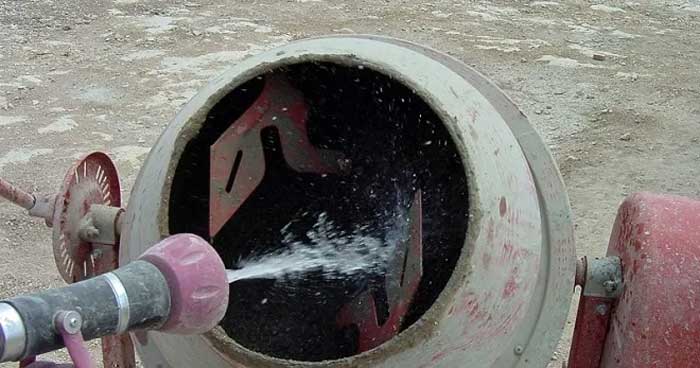
Importance of Quality of Water for Construction
Water quality plays a critical role in the strength and durability of the finished product. Poor-quality water can have a negative impact on the concrete mixture, which can lead to weaker concrete and, ultimately, reduced durability.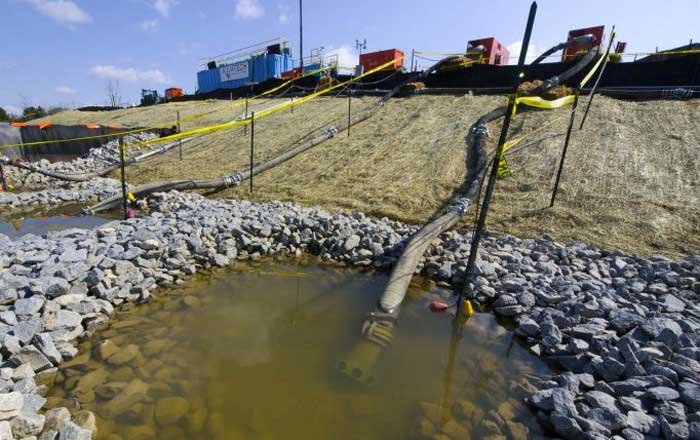
The quality of water used in construction can also affect the setting time and workability of the concrete.
Have a look at the best wall putty in India you should consider buying while getting construction done. For the best cement in India refer to this link.
Additionally, poor-quality water can cause the steel reinforcement to corrode, which can lead to structural failure over time.
Factors Affecting the Quality of Water for Construction
Several factors can affect the quality of water used in construction. Some of these factors include:
pH Levels of Water
The pH level of water used in construction should be within a specific range to ensure optimal concrete strength and durability. 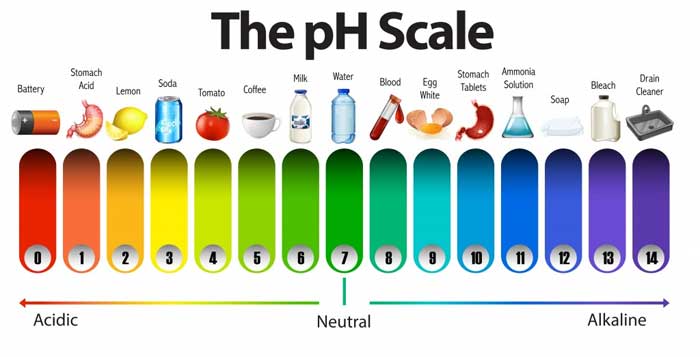 The recommended pH range for the water used in construction is between 6 and 8. Water with a pH level outside of this range can lead to corrosion of steel reinforcement and reduced strength of the concrete.
The recommended pH range for the water used in construction is between 6 and 8. Water with a pH level outside of this range can lead to corrosion of steel reinforcement and reduced strength of the concrete.
Have a look at the recommended thickness of cement plaster for brick walls.
Water Hardness
Water hardness is a measure of the concentration of calcium and magnesium ions in the water. 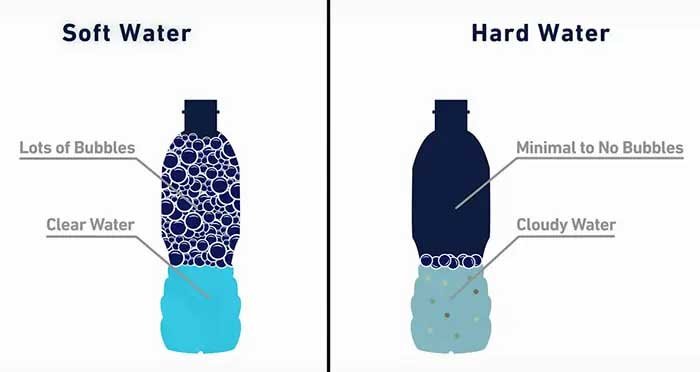 High levels of hardness can lead to reduced workability of the concrete and scaling of the surface.
High levels of hardness can lead to reduced workability of the concrete and scaling of the surface.
Chloride Content in Water
Chloride ions can be present in water from various sources, including seawater and deicing agents.
High levels of chloride ions can lead to the corrosion of steel reinforcement in concrete, which can lead to reduced strength and durability.
Also, read about unique boundary wall design for your property with photos here.
Water Total Dissolved Solids (TDS) Level
Total dissolved solids refer to the concentration of inorganic and organic substances present in the water. 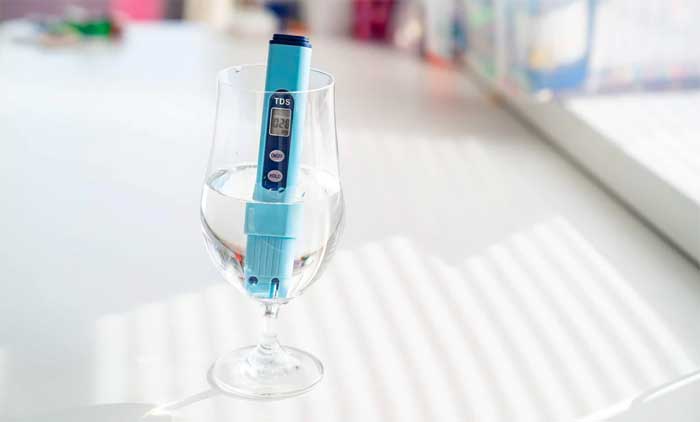 High levels of TDS can lead to reduced workability of the concrete, decreased strength, and scaling of the surface.
High levels of TDS can lead to reduced workability of the concrete, decreased strength, and scaling of the surface.
Sulfate Content in Water
Sulfates are naturally occurring inorganic compounds that can be present in water. High levels of sulfates can lead to the formation of ettringite, which can cause the concrete to crack and weaken over time.
Give a read to the Exterior wall cladding here.
Organic Content
Organic matter in water can lead to reduced workability of the concrete and reduced strength and durability.
Here are some different types of plastering for construction where water is used.
Testing Water for Quality
To ensure that the water used in construction meets the recommended quality standards, it is essential to test it regularly. 
There are various testing methods that can be used to determine the quality of water, including:
pH Testing
This involves measuring the pH level of the water to ensure it falls within the recommended range.
Want to know about the cement-sand ratio for plastering? Keep reading here at DecorChamp.com
Hardness Testing
This involves measuring the concentration of calcium and magnesium ions in the water to determine its hardness level.
Chloride Testing
This involves measuring the concentration of chloride ions in the water to determine whether it meets the recommended level.
Consider reading about different types of sand used in construction work.
TDS Testing
This involves measuring the concentration of inorganic and organic substances in the water to determine its total dissolved solids level.
Sulfate Testing
This involves measuring the concentration of sulfate ions in the water to determine whether it meets the recommended level.
Organic Testing
This involves measuring the concentration of organic matter in the water to determine its effect on the quality of the concrete.
Consider Reading:
Methods for Improving Water Quality for Construction
Methods can be used to improve the quality of water used in construction. Some of these methods include:
Reverse Osmosis
This involves passing water through a semipermeable membrane to remove dissolved solids and other impurities, which can improve its quality.
Ion Exchange
This involves passing water through an ion exchange resin to remove impurities such as calcium and magnesium ions, which can improve its quality.
Filtration
This involves passing water through a filtration system to remove impurities such as sediment, dirt, and organic matter, which can improve its quality.
Chemical Treatment
This involves adding chemicals to the water to remove impurities and adjust its pH level to the recommended range.
Also read the difference between coarse aggregate and fine aggregate.
Ultraviolet Disinfection
This involves exposing water to ultraviolet light to kill bacteria and other microorganisms, which can improve its quality.
Using Clean and Uncontaminated Water Sources
Construction companies and contractors should ensure that the water they use comes from clean and uncontaminated sources. 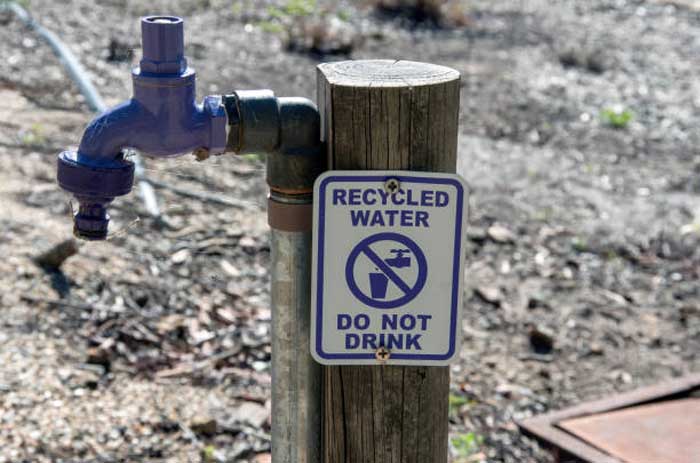 This can include municipal water systems, well water, or other sources that have been tested and found to be safe for construction use.
This can include municipal water systems, well water, or other sources that have been tested and found to be safe for construction use.
Storing Water Properly
Water used in construction should be stored in clean, covered containers to prevent contamination. The containers should be kept away from sources of contamination, such as chemicals, oil, or other hazardous materials.
Have a look at the experts tips on curing brick walls here.
Using proper mixing and handling techniques
When mixing concrete, contractors should use the proper mixing and handling techniques to ensure that the water is evenly distributed throughout the mixture. This can help to improve the quality and consistency of the concrete.
Proper Disposal of Wastewater
During construction, wastewater can be generated from activities such as cleaning tools and equipment or flushing out concrete mixers. It is important to dispose of this wastewater properly to prevent contamination of nearby water sources.
By following these best practices and ensuring the quality of the water used in construction, contractors can help to ensure that the finished product is of high quality and built to last. They can also help to protect the environment and prevent contamination of water sources.
Also read: Types of steel bars used in construction here.
Conclusion
In conclusion, the quality of water used in construction is of utmost importance, as it can have a significant impact on the strength and durability of the finished product.
Factors such as pH levels, hardness, chloride content, total dissolved solids, sulfate content, and organic content can all affect the quality of water used in construction.
It is essential to regularly test the water used in construction to ensure it meets the recommended quality standards.
Various methods can be used to improve the quality of water used in construction, including reverse osmosis, ion exchange, filtration, chemical treatment, and ultraviolet disinfection.
By paying close attention to the quality of water used in construction, we can ensure that the finished product is strong, durable, and built to last.
You may also like to view the latest elevation designs while giving the final look to your home or building. Have a look at the latest designs here.



Very informative. Great blog to read.
Wow, what a comprehensive and well-researched article. I appreciate the effort you put into gathering all the relevant data and presenting it in a clear and concise manner. It made understanding much easier. Keep up the excellent work!”